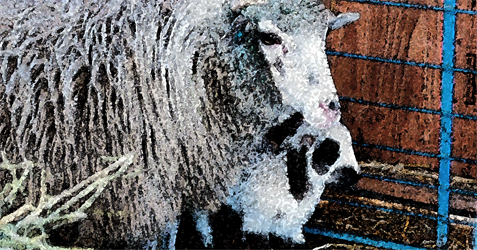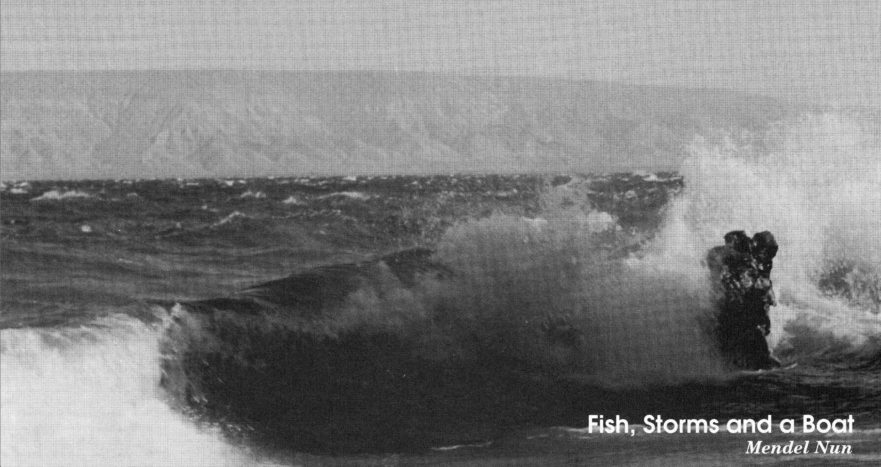My favorite image of Jesus is the Good Shepherd (John 10:11-16). I’ve never come close to laying down my life to save our sheep from wolves or coyotes. I don’t camp outside with them in a desert, or lead them for miles to find food and water. But I do care deeply for these gentle creatures. In their quiet acceptance of God’s Will—just being what they are—they teach me to trust that “The LORD is my shepherd, I shall not want” (Psalm 23), no matter what.
Covered in the Dust of Your Rabbi: An Urban Legend?

Some months ago, pastor-blogger Trevin Wax posted an article called “Urban Legends: The Preacher’s Edition.” There he lists several “urban legends” that he’s heard floating around lately in sermons. Like Internet rumors that people forward on ad infinitum, these preaching illustrations don’t have much grounding in fact.
The Jewish Cultural Nature of Galilee in the First Century
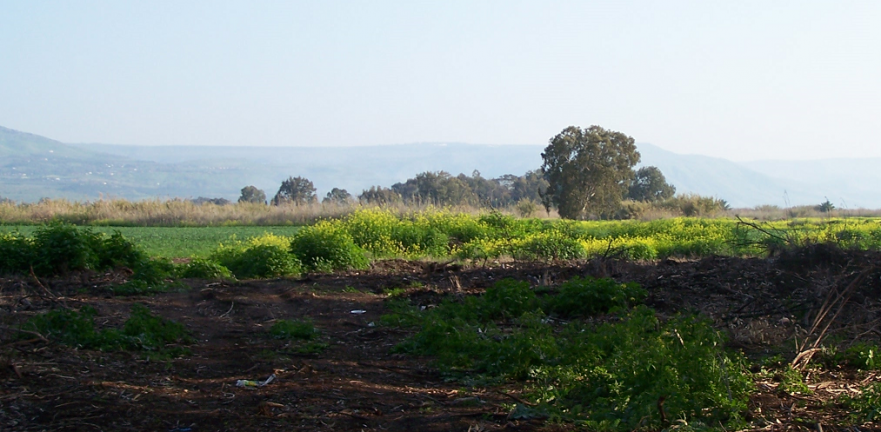
The prevailing opinion among New Testament scholars is that first-century Galilee was culturally and spiritually deprived, and that, therefore, Jesus came from an underdeveloped and backward Jewish region of the land of Israel. Professor Safrai here presents massive evidence against this view.
Let the One Who Has Ears to Hear, “Hear!”
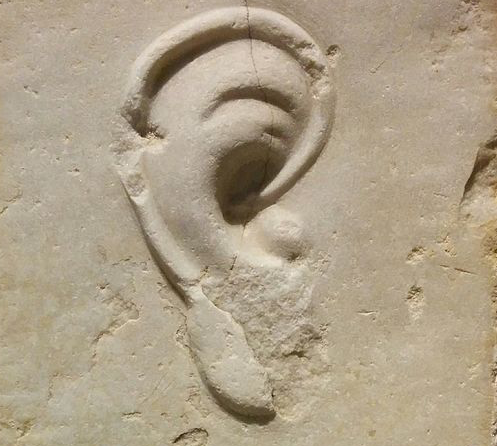
Gospel parables are probably the most widely identifiable teaching form of Jesus. However, readers seldom recognize Jesus’ sophisticated skill as a first-century Jewish parabolist. Indeed, many Christians are unaware that his use of story parables is one of the strongest links between Jesus and contemporary Jewish piety. His parables also demonstrate that Jesus taught in Hebrew.
What Was Simon Peter Wearing When He Plunged into the Sea?

Was Peter actually fishing naked, or was he merely “stripped to the waist,” as the Living Bible says? And what did he put on before swimming to Jesus?
Gergesa: Site of the Demoniac’s Healing

The recent discovery of many of the ancient harbors that ringed the Sea of Galilee is an exciting chapter in Sea of Galilee research. One of these harbors is located at Kursi, ancient Gergesa. In this article, Mendel Nun contends that the demoniac’s healing and the miracle of the swine took place at Gergesa, not Gadara or Gerasa.
Sea of Galilee Museum Opens Its Doors
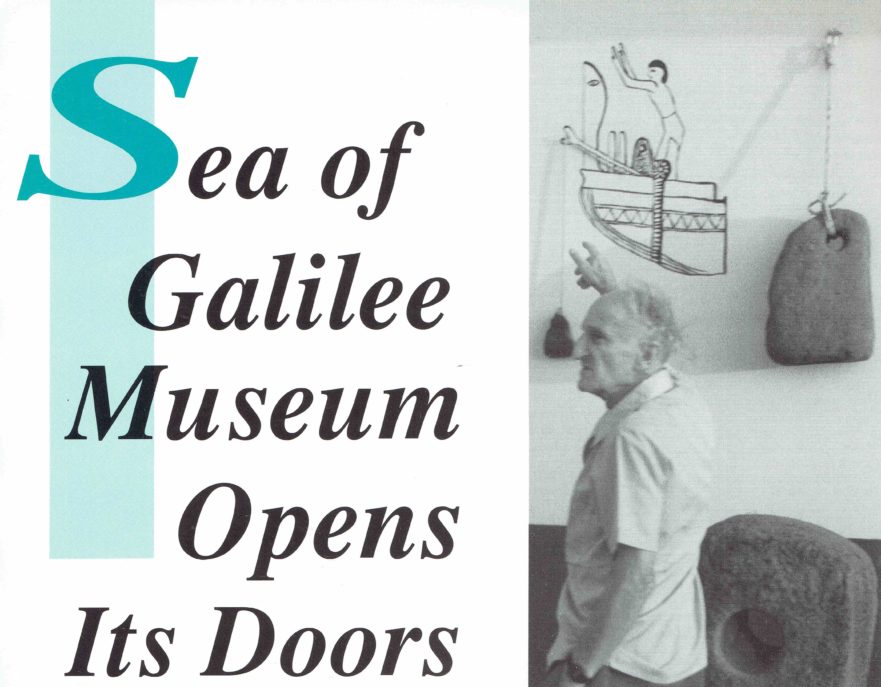
A unique museum now awaits the visitor to Israel—Beit Ha-Oganim (House of the Anchors). Located at Kibbutz Ein Gev on the Sea of Galilee’s eastern shore, the new museum’s exhibits are a delight to the eye and a learning experience par excellence.
The Appearance of Jesus: Hairstyles and Beards in Bible Times
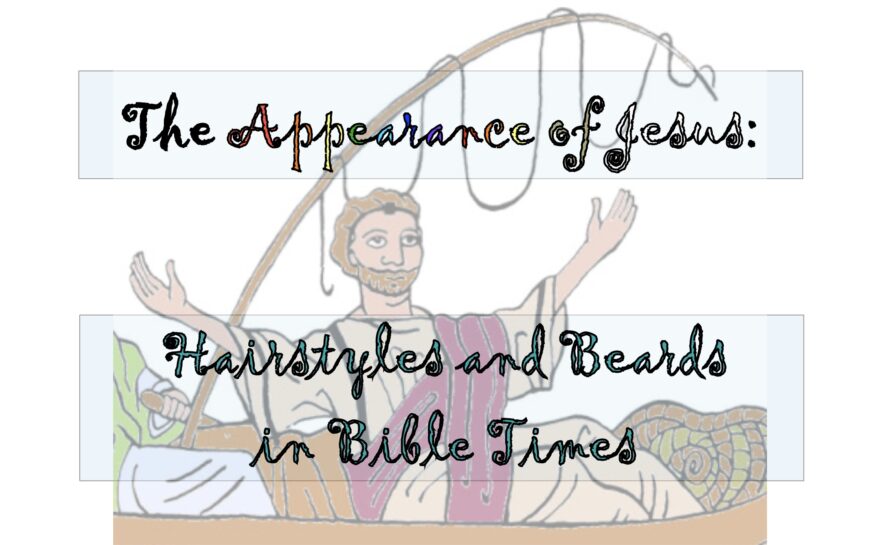
No one knows for sure how Jesus looked in the eyes of his contemporaries. However, there is evidence that suggests the hair of Jesus may have been rather short—black or dark in color—and his beard closely trimmed.
No Room in the Inn?
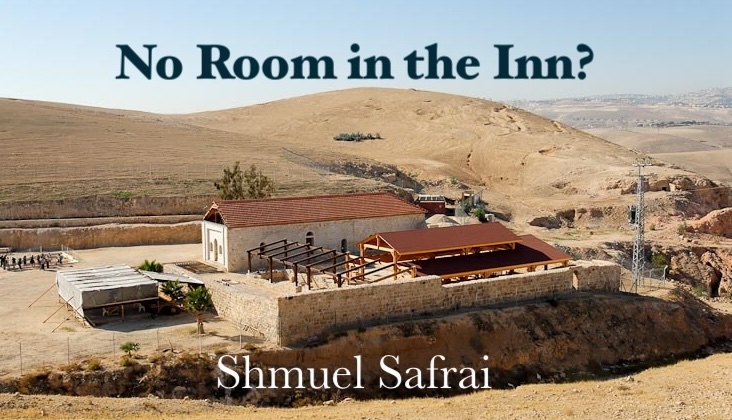
What was an inn like at the time of Jesus’ birth? Did it provide separate rooms, or was it like a dormitory with one big room?
A Friend of Tax Collectors
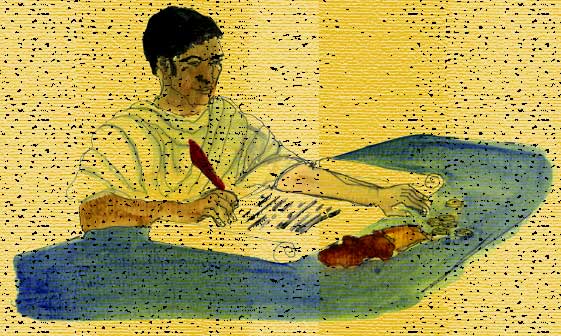
Tax collectors were especially hated because they increased their profit by collecting more taxes than their masters actually demanded.
“Let Down Your Nets”
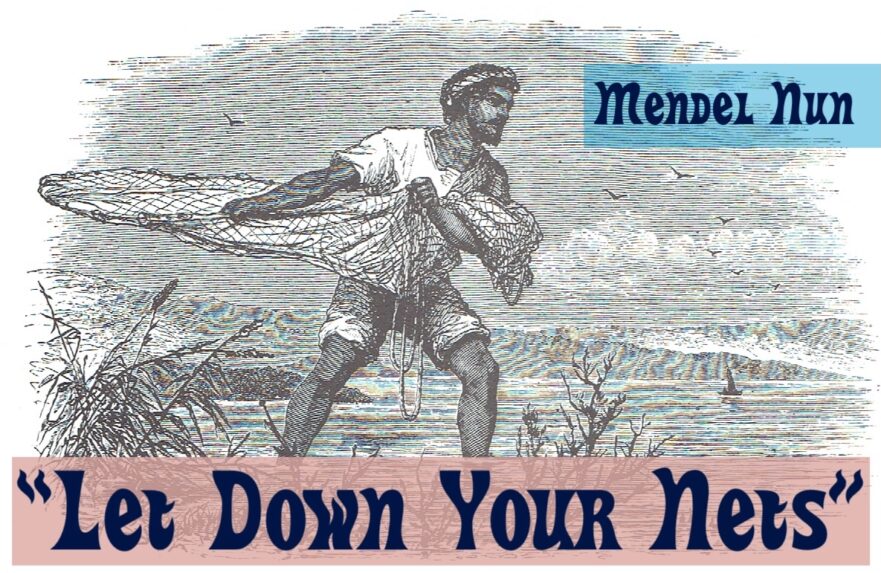
In this article Sea of Galilee fishing expert, Mendel Nun, discusses the different types of fishing nets that were used in the first century by fishermen. Nun’s knowledge of ancient fishing techniques illuminates the stories of Jesus and his followers, many of whom were fishermen.
A Life on the Kinneret
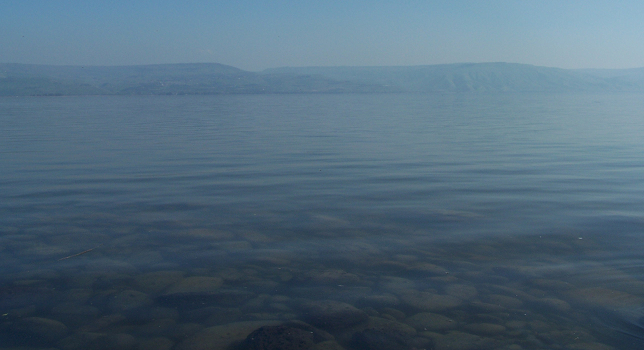
Born into a Zionist family in Latvia, Nun began to learn Hebrew at five, and decided to immigrate to Palestine as a teenager.
The Traveling Sage
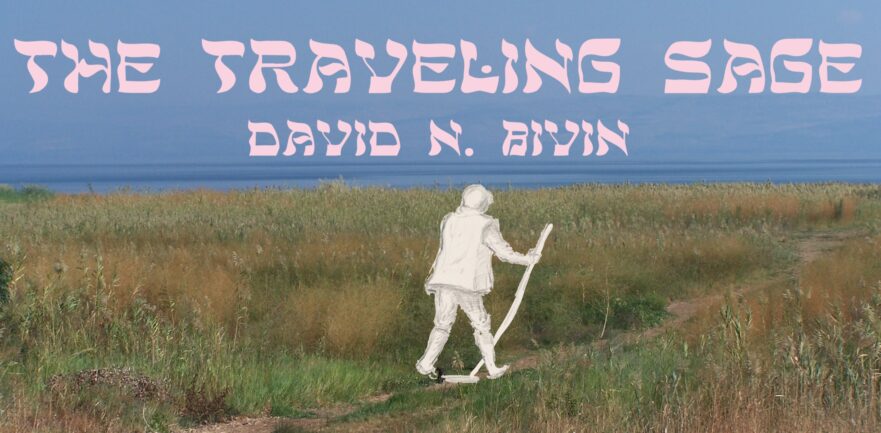
Jewish teachers of first-century Israel lacked the sophisticated methods of mass communication we have today. Consequently, the sages of Jesus’ day spent much of their time traveling throughout the country, much like the biblical prophets, to communicate their teachings and interpretations of Scripture.

